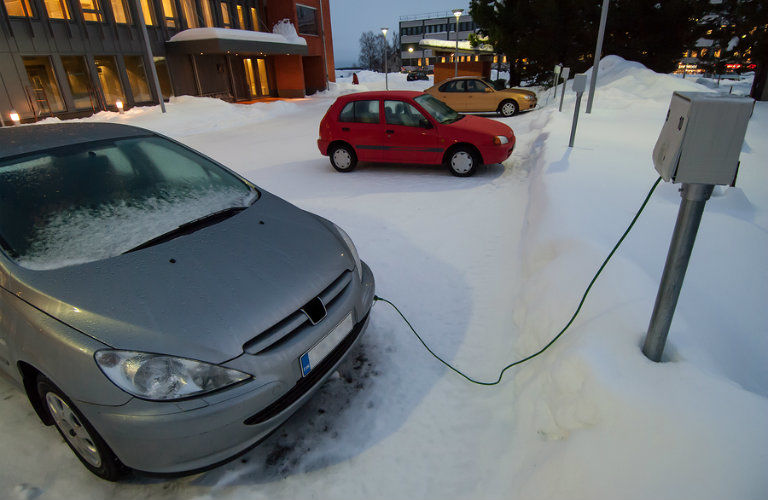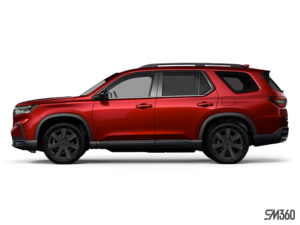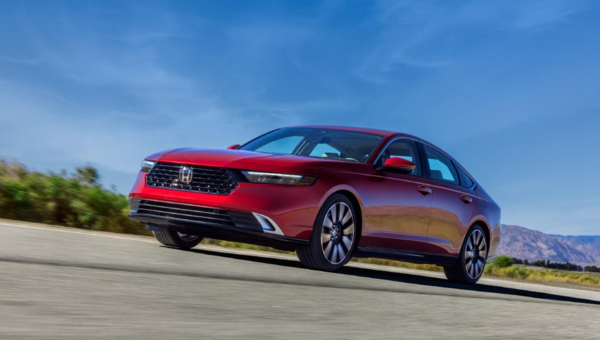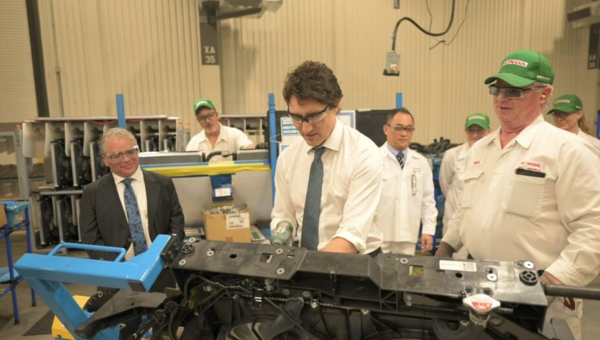Why Do You Need to Plug in Your Car?
December 31 2018, By Product Expert


Advantages of Plugging Your Car into a Block Heater
Winter is here, and the temperature is now below zero the majority of the day here in Timmins, ON. Many people in the area will begin breaking out their block heaters to plug their cars into to warm up their engines. Is it necessary to plug your car into a block heater when the temperature drops? At Timmins Honda, we think plugging your car into a block heater is necessary. Let’s take a look at a few advantages to using a block heater!
Reduces Wear and Tear on Engine Components
Plugging your vehicle into a block heater will allow the block heater to warm your vehicle’s engine coolant. As a result, the engine block and oil running through the engine will also warm up. In cold weather, oil becomes thicker and does not flow as well as it normally would. As a result, friction between engine parts is increased and wear and tear on these parts is significantly increased as well. With the block heater, the oil flows much more smoothly and limits friction and engine wear and tear as a result.


Improves Fuel Economy and Reduces Emissions
Another way that a block heater can benefit your vehicle is that it helps to improve fuel economy and reduce your vehicle’s emissions. In lieu of using a block heater, many people may decide to turn on their car 10-15 minutes before they leave to get the interior of their vehicle warmed up. Engines burn more gas and produce more emissions when they are cold. This will cause more pollution and burn more fuel than driving a car after warming the engine with a block heater. Additionally, utilizing a block heater is said to improve engine fuel economy by as much as 10 percent.



